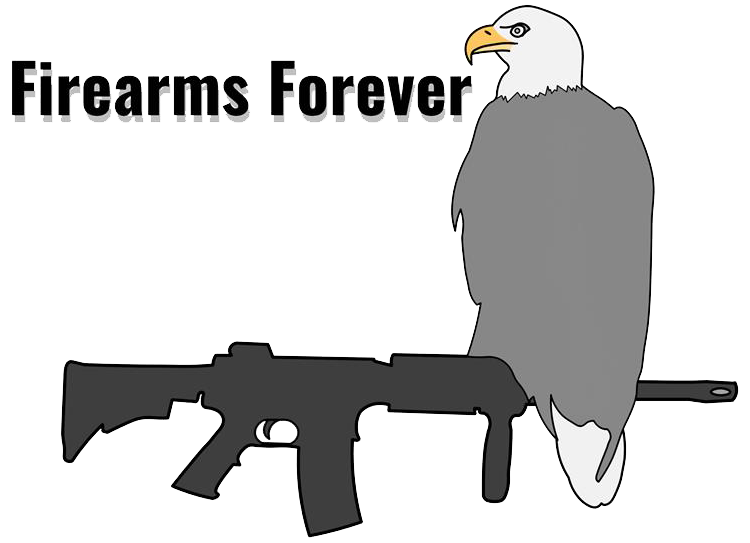How far is too far to take an ethical shot on an animal? However you answer that question, some in Wyoming are calling on lawmakers to step in and decide.
Long-distance hunting has become more and more popular over the past several years, and MeatEater has lots of coverage about squeezing the most out of your bullet velocities, scope magnifications, reloading presses, ballistics calculators, and all the other dozens of variables and tools that separate a hit and a miss.
However, lawmakers in Wyoming say that pushback is growing as the shots on animals get farther and farther away. In 2018, a hunter in Fremont County, Wyoming, recorded himself killing an antelope from 1,954 yards, prompting an outcry from some for the legislature to limit long-distance hunting.
On June 6, Wyoming’s Joint Travel, Recreation, Wildlife and Cultural Resources Committee opened the floor for discussion of the issue, with most agreeing that the trend has been worrying their constituents.
“I seek to focus today on the ethical use of long-range weapons,” said Rep. McKay Erickson. “The growing concern is that we are so busy trying to keep up with the latest weaponry, gadgetry, and accoutrements, we are failing to seriously predict its impact on Wyoming hunting and fair chase. We need to consistently address the need to maintain broad public acceptance by both consumptive and non-consumptive wildlife enthusiasts.”
Erickson said he has spoken to the members of the Wyoming Fish and Wildlife Commission, who agreed that this issue should be addressed. However, they asked that the solution be left to the commission rather than the legislature.
“Kudos to them as to their response and the professionalism that they have,” Erickson said. “However, I do not want to get behind on what I consider to be an urgent responsibility of Wyoming residents.”
The lawmaker worried that long-range hunting is harming the public image of hunters. “I contend we may risk further wounding our image of sportsmen while catering to big money companies that promote it as well as cloud our young people to what hunting really is,” he said.
Committee leadership appeared open to the discussion. Co-chairman Rep. Andrew Byron of Jackson agreed that this is a topic his constituents are raising with him. He relayed an account from a hunter who tried to line up a shot on an animal at 400 yards. Byron explained what happened next: “The animal they were staring at tipped over and they heard a loud ‘bang’ from somebody that was about 400 yards behind them.”
Several at the Wyoming hearing mentioned the issue of fair chase: giving an animal the chance to use its senses and wits to stay alive. If a hunter can stay so far away that there’s no chance of a mule deer seeing or hearing anything suspicious, they said, then the interaction that defines hunting eventually breaks down. Part of the skill of hunting, the fun of it, is developing the ability to get in close.
So, how far is too far? Shots that seemed outlandish and unethical with iron sights in 1955 are layups for many people with magnified optics in 2025. Still, a variety of factors make consistent long-range shooting extremely difficult, if not impossible.
A lot can change between the moment a bullet leaves a muzzle and when it arrives at its destination several seconds later. Even if you were theoretically able to hit a tick feeding right over a deer’s vitals at a half mile, that deer could take a couple steps and walk that tick–and its vitals–right out of the target area.
Wind also plays havoc with accuracy and is almost completely out of a shooter’s control. Once distances get much past 600 yards, cold statistics should make even the most skilled and well-equipped hunter think twice.
Of course, all these points remain in the arena of ethics–it’s a different story to codify those guidelines into law. Do we say 600 yards is legal and 601 is illegal? How do we enforce that? Require everyone to submit a rangefinder readout or GPS coordinates of shot and animal location?
“It seems like to me we’re trying to regulate kind of an ethic, and it’s one I think that is possibly difficult,” said Rep. Robert Wharff.
For his part, Erickson pushed back on the idea that such regulations are unenforceable. He pointed to the regulations around scouting for game animals from the air and argued that the regulations restricting that practice have been effective.
“I was heavily involved 15 plus years ago when we dealt with flying for and identifying big game animals, and the proponents of that said, ‘You’ll never be able to enforce that.’” he told the committee. “I’m here today to tell you that that has been drastically decreased in at least western Wyoming, the flying for big game.”
Wyoming legislators agreed that arriving at a good bill might be impossible, but suggested other solutions, including potentially opening special seasons for shorter-range technologies like iron sights or pistols. In fact, neighboring state Utah just imposed a law that restricts scope magnification during specific seasons.
“If we can’t regulate the technology, do you limit the opportunity for the use of the technology?” asked Senator Larry S. Hicks.
While Erickson was not presenting a particular bill or set of regulations to the committee, this is an issue he’s passionate about and plans to pursue further. Whether those regulations come from the legislature or the wildlife commission, Wyoming residents will have an opportunity to weigh in and influence the outcome.
Read the full article here



